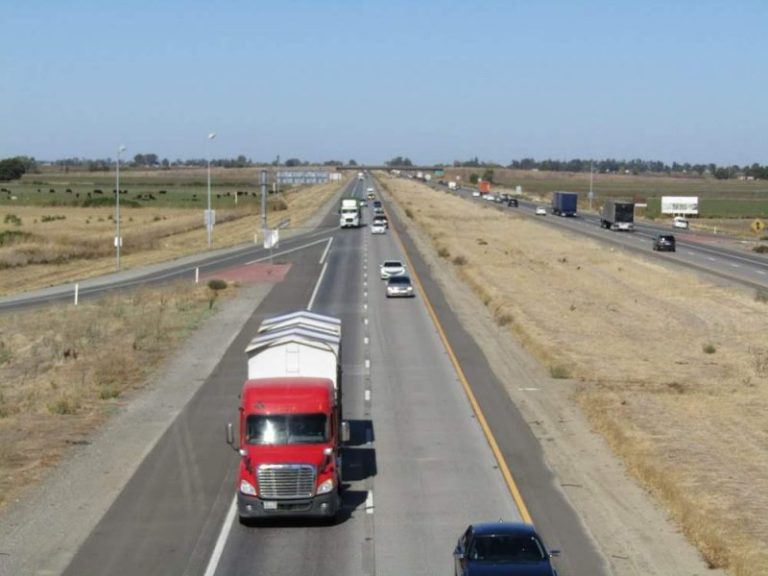What Are Truck Platoons?
You may have seen a line of trucks traveling closely together in a group as they drive down a highway road. That is if this practice is permitted in your state. Generally, when more than one truck arranges in a single-file line this is called platooning and it is intentionally done because the physics of platooning helps increase the trucks’ fuel efficiency. Trucking companies, like any business, want to increase profits and lower costs as much as possible. If aligning trucks in a way that allows for less fuel consumption, then money is saved and profits rise.
One large commercial truck is difficult enough for drivers to travel near. Huge 18-wheeler trucks are very dangerous to passenger vehicles. With the rise in catastrophic truck accidents in recent years, the safety of other drivers on the road when trucks are platooning is real. Due to the many shortfalls that have been well-documented within the trucking industry including failure to follow safety guidelines and trucking companies engaging in irresponsible hiring and employment practices, platooning has the potential to pose considerable threats to those on the roads.
How Does Platooning Work?

Multiple trucks will line up one behind the other with little space in between. There is one leader of the fleet who all the other trucks behind follow. The trucks in the line react to the actions of the lead truck. The trucks are spaced no more than 50 feet from each other. Through the use of wireless safety systems, trucks can stay on track with speed and changes in speed like slowing down because the technology is said to be highly responsive to the movements of the lead truck.
According to trucking companies who support platooning for financial reasons, platooning and the wireless system that is utilized is completely safe. There are several platooning programs being run in Europe as a means to gather data about the safety of the practice. The industry hopes to use this information to get the United States to move forward with widespread regulatory approval. Arizona does not permit truck platooning. Currently, the following states allow trucks to platoon:
- Alabama
- Arkansas
- Florida
- Georgia
- Indiana
- Kentucky
- Louisiana
- Michigan
- Mississippi
- Nevada
- North Carolina
- North Dakota
- Oklahoma
- Oregon
- Pennsylvania
- South Carolina
- Tennessee
- Texas
- Utah
- Wisconsin
Platooning poses not just an inconvenience for other drivers on the road who have to navigate around these long convoys of trucks but also increased possibilities of truck accidents. If drivers have to make a decision of how to get around the large lines of trucks so they can get to their destination, they may choose to speed so they can get in front of the lead truck to pass. They could also slow down to a dangerously low speed for the road so that the trucks pass them, but this may take other drivers by surprise which can lead to collisions. Drivers may even think they have enough room to drive through the space between the trucks which is extremely dangerous and can have grave outcomes.
Speak with an Arizona Truck Accident Attorney Today
Arizona truck accidents have devastating outcomes for victims and the most tragic are those that end in death. To ensure your legal rights are protected and that your Arizona personal injury claim is handled by an experienced Phoenix commercial truck accident attorney, call ELG to schedule a free consultation at (623) 321-0566.
Law News Feed
All NewsWho Is Liable for Damages After a Truck Accident?
According to information from the National Highway Traffic Safety Association, more than 2,500 truck accidents occur each year in Arizona. It goes without sayin…
Common Injuries After a Motorcycle Accident
Motorcycle accidents kill or severely injure individuals more frequently than any other type of crash, resulting in immense amounts of suffering and financial d…

